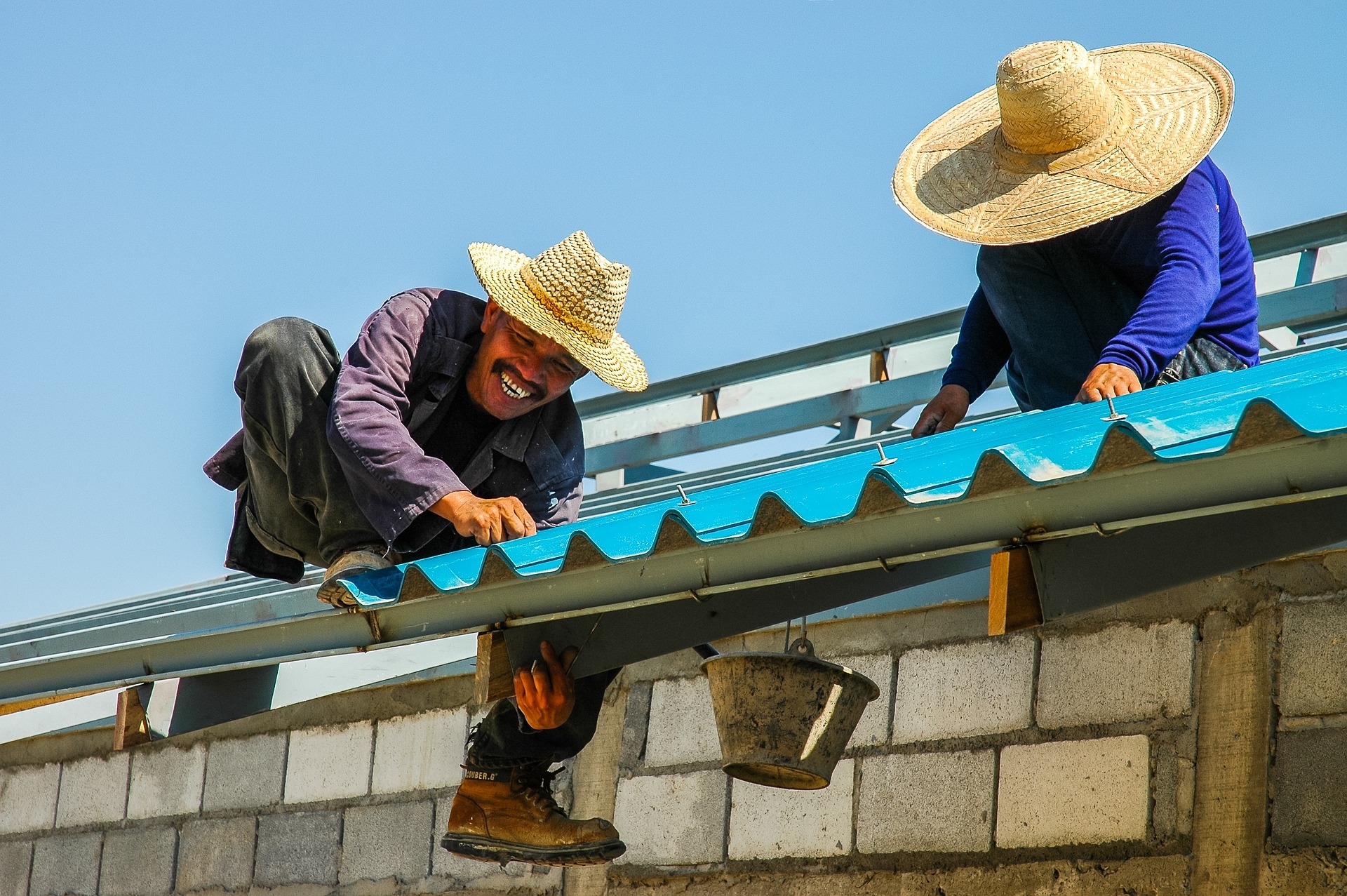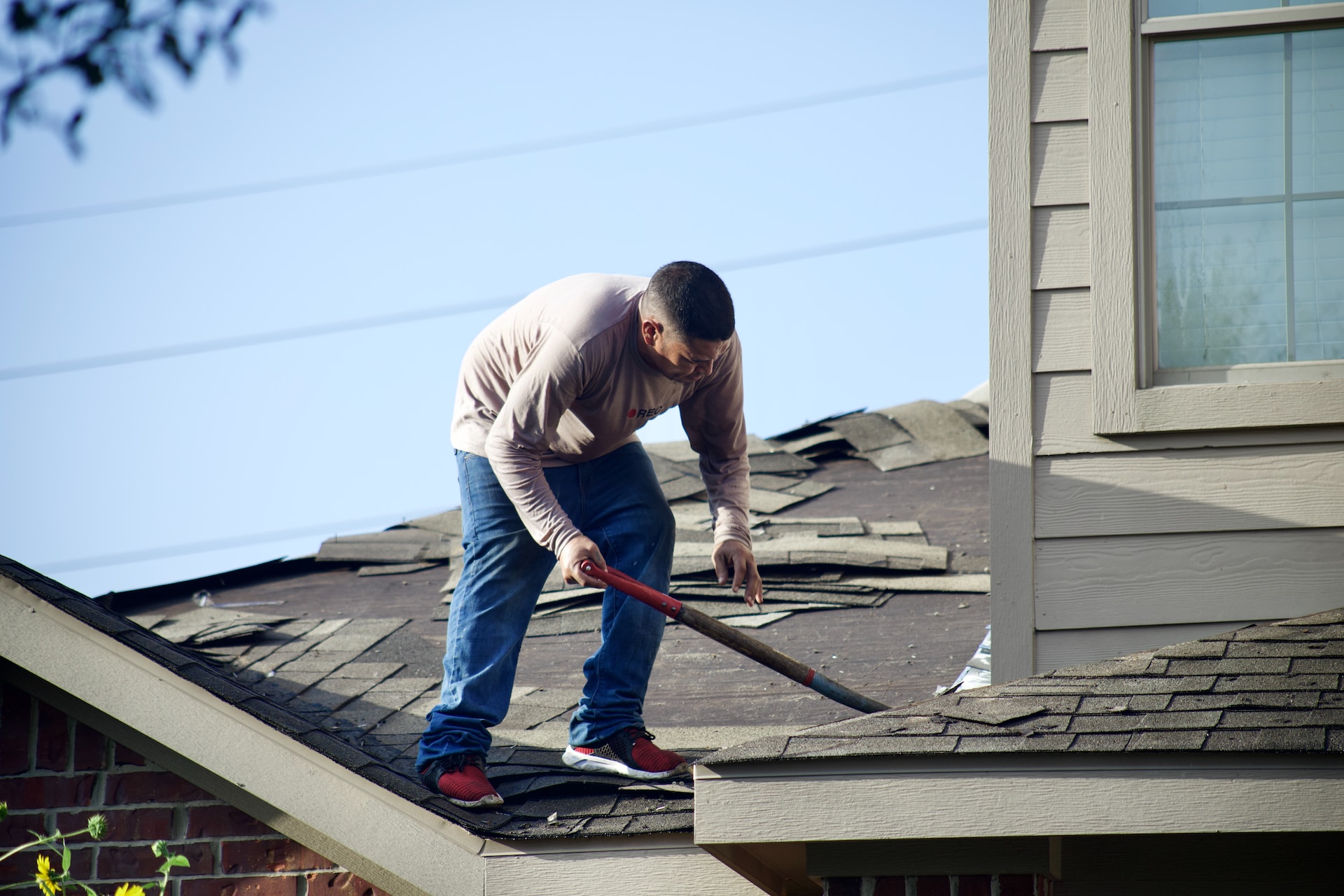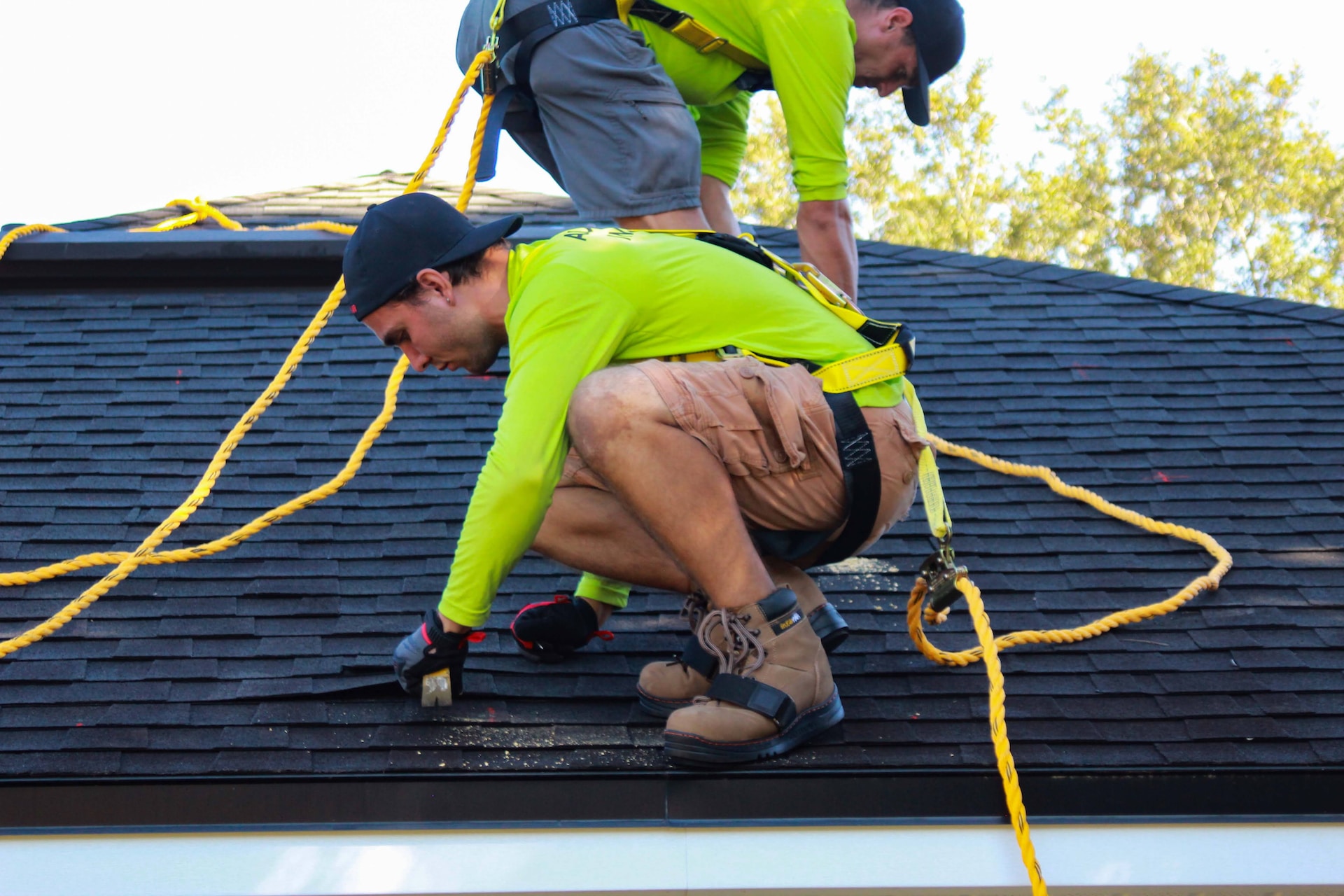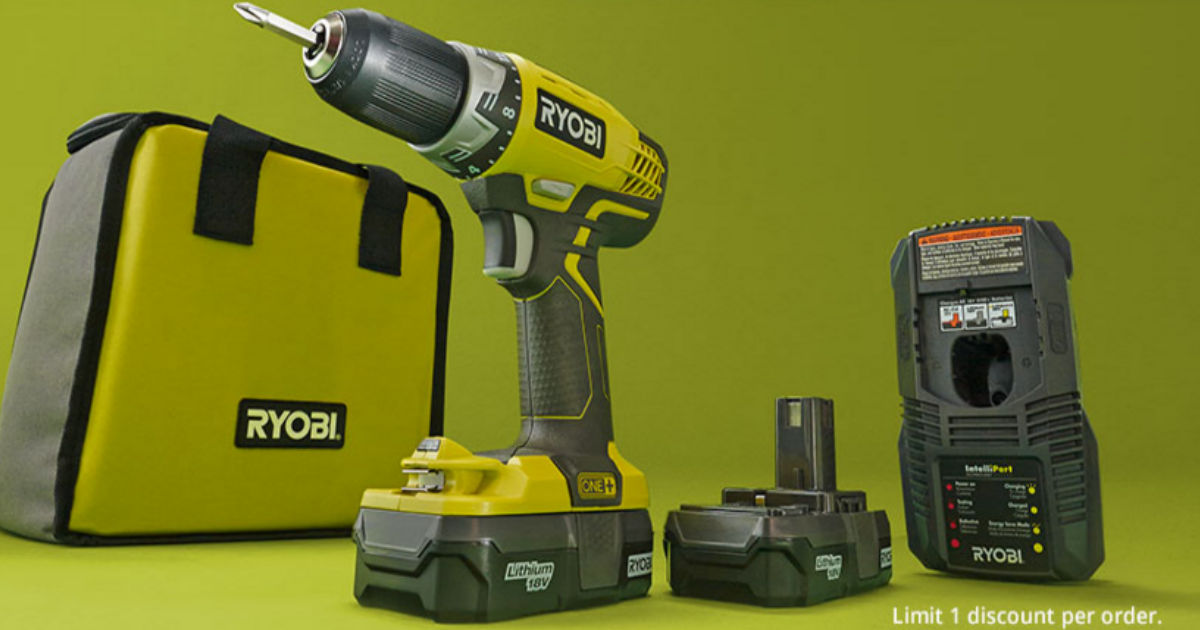Before you install a new roof or repair an old one, it’s essential to have the right information. If you’re on the hunt for a comprehensive and friendly guide to roof installation and repair, you’ve landed in just the right spot. The roofing south jersey contractors here have compiled the top tips you need to know about roof installation and repair.
The Basics of Roof Installation
Whether you’re building a new home or updating an existing one, installing a new roof can be quite an undertaking. Here are some key steps involved in the process:
- Choose the right materials: Roofs come in a variety of materials, such as asphalt shingles, metal, wood, and tiles. Each material has its advantages and disadvantages, so it’s crucial to choose the one that best suits your needs and budget.
- Remove the old roof (if necessary): If you’re replacing an existing roof, the old materials will need to be removed before the new ones can be installed. This step can be labor-intensive and may require a professional to ensure it’s done safely and efficiently.
- Install underlayment: Before laying down the new roofing materials, a protective underlayment is installed to provide a barrier against moisture, wind, and other elements.
- Install the new roofing materials: Once the underlayment is in place, the new roofing materials are installed, starting from the bottom edge of the roof and working upwards.
- Add flashing and ventilation: To prevent leaks and ensure proper airflow, flashing is installed around roof penetrations (like chimneys or vents), and ventilation systems are put in place.
Common Roof Repairs and How They’re Done
Roofs can experience a variety of issues over time, so it’s important to address them promptly to avoid more significant problems. Here are some common roof repairs and how they’re typically handled:
- Leaky roof: Leaks can be caused by damaged or missing shingles, improper flashing, or cracked sealants. A roofing professional will assess the issue, identify the source of the leak, and repair or replace the affected materials.
- Damaged shingles: High winds, heavy rain, or even normal wear and tear can damage shingles. Damaged shingles should be replaced promptly to prevent water damage to the underlying roof structure.
- Sagging roof: A sagging roof can indicate structural issues, such as damaged or weakened support beams. This is a serious problem that requires immediate attention from a roofing professional.
- Poor ventilation: Inadequate ventilation can lead to moisture buildup, mold growth, and decreased energy efficiency. A roofing expert can assess your roof’s ventilation system and recommend improvements if necessary.
Tips for Maintaining Your Roof
Regular maintenance is essential to keep your roof in top shape and extend its lifespan. Here are some handy tips to help you maintain your roof:
- Inspect your roof regularly: At least twice a year, inspect your roof for signs of damage, such as missing or damaged shingles, cracks, or leaks.
- Clean your gutters: Clear gutters of debris to ensure proper water flow and reduce the risk of water damage to your roof and home.
- Trim overhanging branches: Keep tree limbs trimmed to prevent them from falling on your roof during storms and causing damage.
- Address issues promptly: If you notice any problems with your roof, address them as soon as possible to prevent further damage and costly repairs.
In Conclusion
Roof installation and repair are essential aspects of maintaining a safe and comfortable home. By understanding the basics of these processes and practicing regular maintenance, you can help ensure that your roof stays in excellent condition for years to come. Remember, a well-maintained roof not only protects your home but also enhances …






